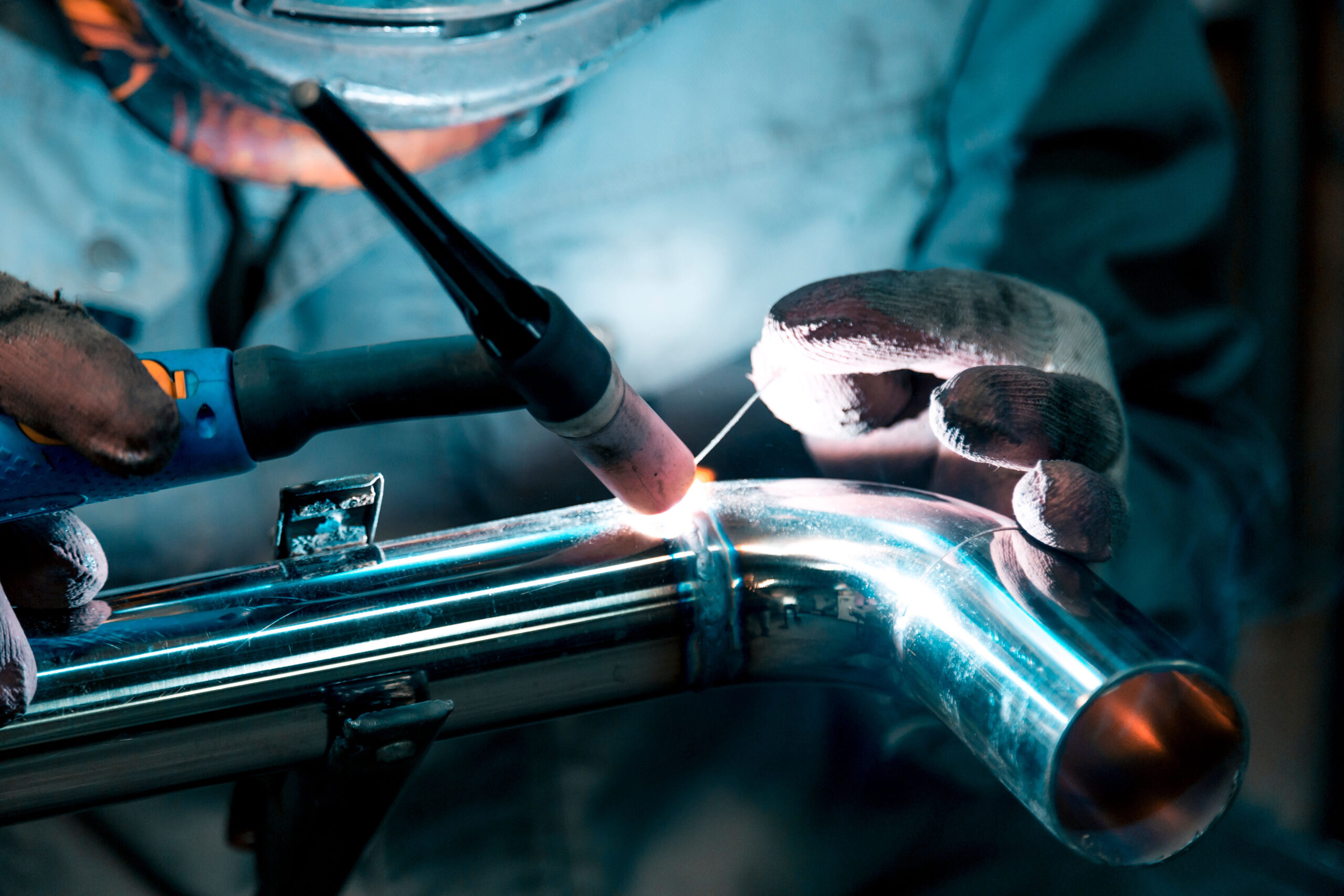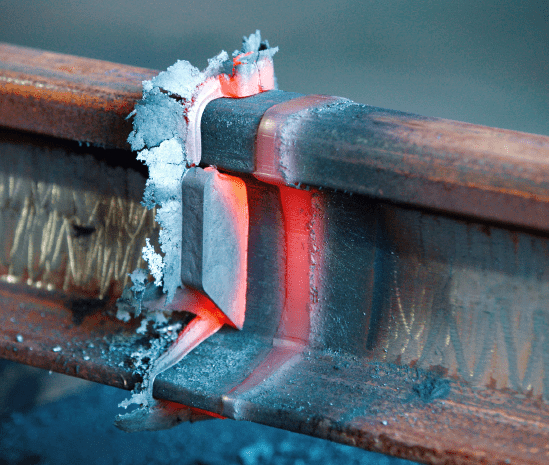Why a Welding WPS is Crucial: Enhancing Uniformity and Conformity
Opening the Power of Welding WPS: Methods for Effectiveness and Safety in Manufacture
In the world of manufacture, Welding Procedure Requirements (WPS) stand as the backbone of welding procedures, determining the necessary steps for achieving both efficiency and safety and security in the construction process. Recognizing the ins and outs of WPS is paramount to using its full potential, yet lots of organizations have a hard time to open the real power that lies within these papers (welding WPS). By diving right into the techniques that maximize welding WPS, a globe of improved efficiency and heightened safety and security waits for those happy to check out the nuances of this crucial aspect of construction

Value of Welding WPS
The relevance of Welding Procedure Specs (WPS) in the construction sector can not be overemphasized. WPS work as an important roadmap that details the essential steps to guarantee welds are carried out constantly and appropriately. By specifying essential specifications such as welding processes, materials, joint styles, preheat temperature levels, interpass temperature levels, filler steels, and post-weld warm therapy needs, WPS give a standard strategy to welding that boosts performance, quality, and safety in fabrication processes.
Adherence to WPS assists in accomplishing uniformity in weld high quality, decreasing the probability of flaws or structural failures. This standardization also facilitates compliance with sector laws and codes, ensuring that made frameworks fulfill the called for security requirements. Furthermore, WPS documentation makes it possible for welders to duplicate successful welding procedures, leading to regular outcomes across various projects.
In essence, the meticulous advancement and rigorous adherence to Welding Procedure Specifications are extremely important for promoting the integrity of welded frameworks, protecting against potential threats, and supporting the reputation of manufacture business for delivering high-quality product or services.
Key Components of Welding WPS

Enhancing Performance With WPS
When enhancing welding operations, leveraging the vital aspects outlined in Welding Procedure Requirements (WPS) becomes necessary for enhancing processes and making the most of efficiency. One method to boost efficiency with WPS is by very carefully picking the appropriate welding specifications.
On a regular basis assessing and updating the WPS to integrate any type of lessons found out or technical advancements can additionally contribute to efficiency enhancements in welding procedures. By embracing the standards set forth in the WPS and constantly looking for methods to maximize processes, producers can accomplish higher effectiveness degrees and premium end outcomes.
Ensuring Safety in Manufacture

Safety procedures in fabrication play a crucial role in protecting personnel and maximizing functional treatments. Making certain safety in manufacture entails a complex technique that includes different elements of the welding procedure. One essential facet is the stipulation of individual protective tools (PPE) customized to the particular risks present in the manufacture environment. Welders have to be geared up with proper equipment such as helmets, handwear covers, and safety clothes to mitigate risks connected with welding tasks.
Moreover, adherence to proper ventilation and fume extraction systems is critical in maintaining a healthy work setting. Welding fumes include damaging substances that, if inhaled, can pose significant health dangers. Carrying out efficient ventilation procedures assists to reduce exposure to these harmful fumes, advertising respiratory system health and wellness among workers.
Routine devices maintenance and evaluations are additionally essential here are the findings for making certain safety and security in construction. Malfunctioning equipment can bring about crashes and injuries, highlighting the significance of regular checks and prompt repair services. By focusing on precaution and cultivating a society of understanding, construction facilities can site here develop a effective and secure workplace for their employees.
Applying WPS Ideal Practices
To enhance operational performance and ensure quality results in construction processes, incorporating Welding Procedure Requirements (WPS) finest techniques is critical - welding WPS. Carrying out WPS ideal methods includes thorough preparation, adherence to market criteria, and continual tracking to guarantee ideal results. First of all, choosing the ideal welding procedure, filler material, and preheat temperature specified in the WPS is crucial for achieving the desired weld top quality. Second of all, guaranteeing that qualified welders with the needed accreditations perform the welding procedures according to the WPS guidelines is necessary for uniformity and integrity. On a regular basis examining and upgrading WPS records to mirror any kind of procedure enhancements or modifications in materials is also a crucial finest method to keep precision and importance. Additionally, providing extensive training to welding personnel on WPS requirements and ideal techniques cultivates a society of safety and security and top quality within the fabrication environment. By diligently implementing WPS finest techniques, producers can improve their procedures, lessen errors, and deliver premium items to meet client expectations.
Final Thought
To conclude, welding WPS plays a crucial role in making certain performance and safety and security in construction processes. By concentrating on essential components, improving effectiveness, and applying best methods, companies can maximize their welding procedures. It is vital to prioritize precaution to avoid crashes and guarantee a smooth production process. By following these methods, businesses can unlock the full potential of welding WPS in their construction procedures.
In the world her explanation of fabrication, Welding Procedure Specifications (WPS) stand as the backbone of welding operations, dictating the required actions for accomplishing both performance and safety and security in the fabrication procedure. By specifying crucial specifications such as welding processes, materials, joint designs, preheat temperatures, interpass temperatures, filler metals, and post-weld warm therapy requirements, WPS offer a standardized technique to welding that boosts effectiveness, high quality, and safety in construction processes.

When maximizing welding operations, leveraging the key components outlined in Welding Treatment Requirements (WPS) ends up being crucial for streamlining processes and taking full advantage of productivity. (welding WPS)